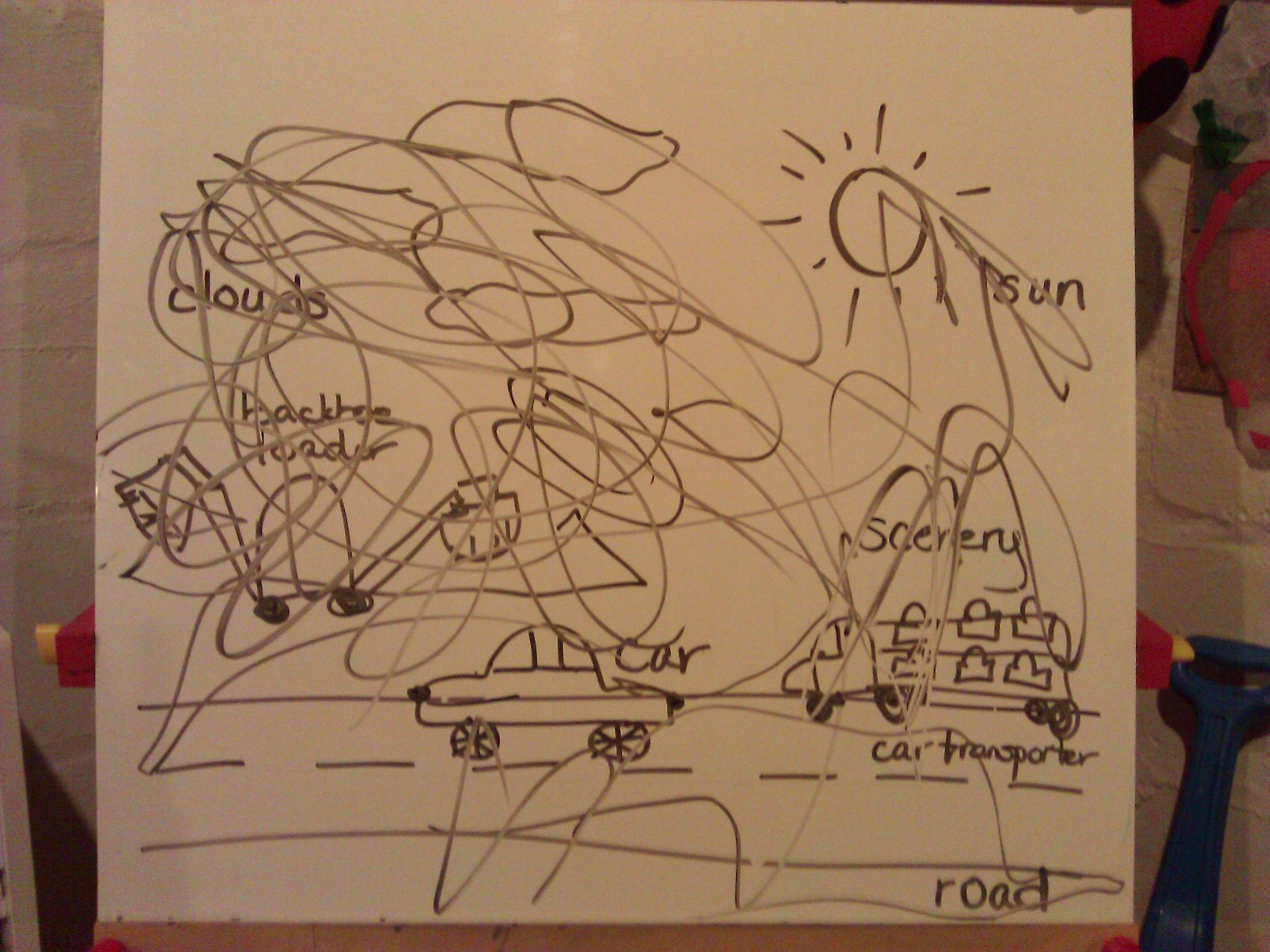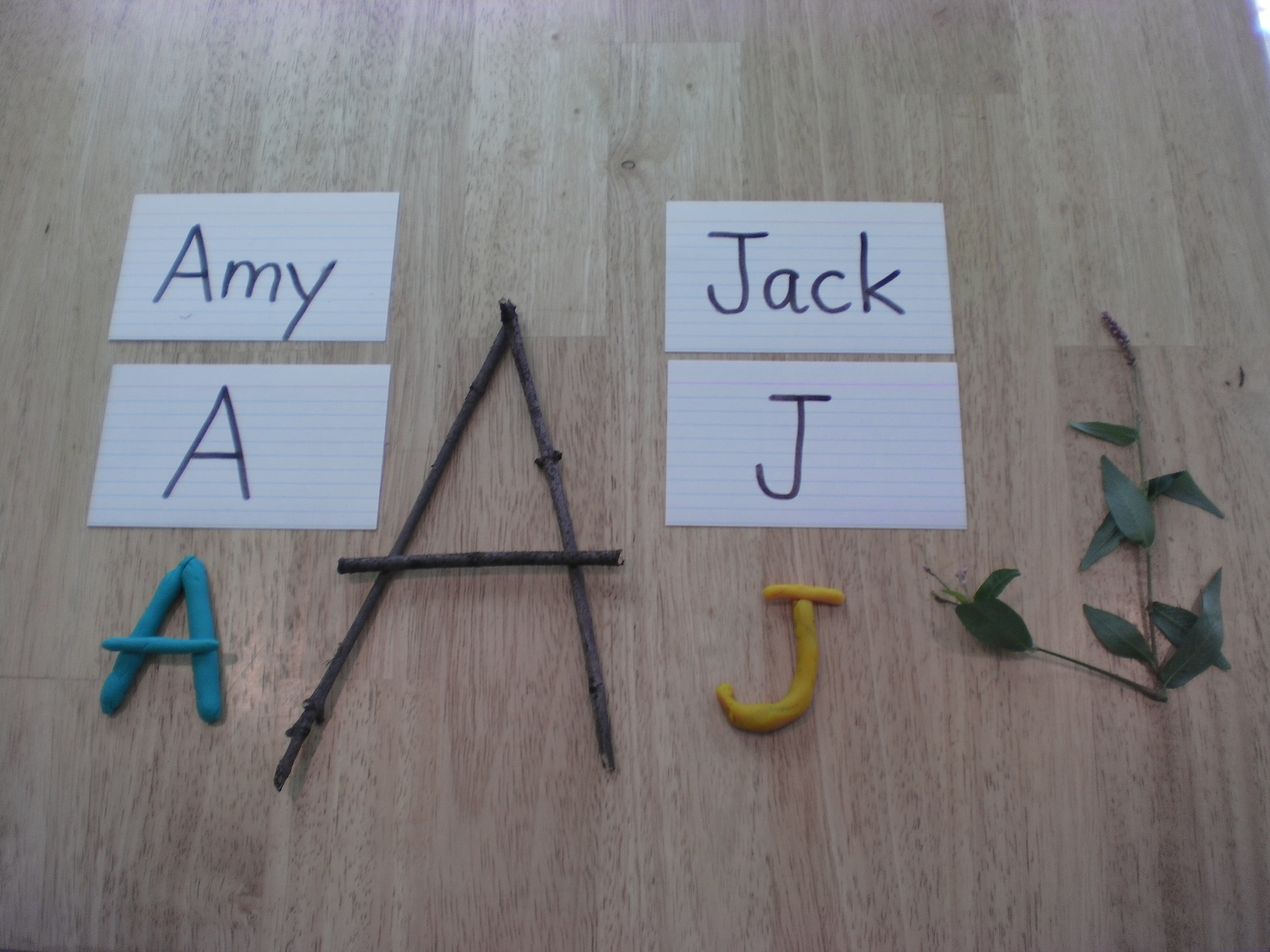Interactive Drawing is a practice found in many early childhood classrooms. The premise is that a teacher explains to the children that authors use drawing to show their thinking on paper. It is also emphasizes that drawing is writing and can communicate a message. This is especially important for children who aren’t writing yet, and are still in the drawing stages. Because truthfully – they are writing! Continue reading “Interactive Drawing with Toddlers”
Transforming your school to become “Reggio-Inspired”
Part of what I do as an early childhood education/child development consultant is help schools recast the Reggio Emilia Approach and transform their schools to become more “Reggio Inspired.” My program is a comprehensive and intensive experience where we focus on the teachers, the classroom environments and the overall school philosophy/environment/curriculum. I also provide workshops on the different aspects of the approach and how to incorporate them into your school. Below is the framework for my personalized program: Continue reading “Transforming your school to become “Reggio-Inspired””
Re-purpose those Book Covers!
My daughter always takes the book covers off her books when she gets them. They just seem to get in the way when she is reading through the book. I also realized that I too take the cover off before reading a book to my students because it is hard to keep it on while holding the book up and turning the pages.
No way. The hundred is there.
As I educate my early childhood preservice teachers, I continually remind myself that young children are amazing creatures who have the curiosity and potential to be active participants in their own learning. A little reminder from Reggio Emilia: Continue reading “No way. The hundred is there.”
The Value of Book Talks and Author Studies
Book Talks and Author Studies are wonderful ways to explore and learn about children’s literature. I highly recommend doing them with the children you teach. They are also excellent additions to teacher education classes. I started doing these activities with my undergraduate students for two reasons:
1. I wanted my students to discover as many children’s books as possible and learn about different authors and genres of books.
2. I had done both with children in the past and found them so enjoyable, that I thought young adults should have some fun too.
Continue reading “The Value of Book Talks and Author Studies”
Basic Tips for ESL/ELL Instruction
Almost every classroom in the United States has children whose first language is not English. Early Childhood teaching strategies are very appropriate for working with this population of children. Here are a few tips for teachers with ESL children in their classrooms: Continue reading “Basic Tips for ESL/ELL Instruction”
Continue reading “Basic Tips for ESL/ELL Instruction”
The Different Types of Alphabet Books
ABC Concept books don’t focus on one specific theme for the book, but rather focus on learning the actual letters. The children will primarily learn the alphabet.
ABC Content books have one central theme and each letter represents something from that theme. The children will learn theme-specific vocabulary and the alphabet.
ESL/ELL Instruction – It’s easier than you think!
Whether you have ESL children or not in your classroom, having a variety of word games to be played by pairs of students or small groups is ideal. Pocket charts are great for these types of games. The key is to do activities where all students can interact and move around. Continue reading “ESL/ELL Instruction – It’s easier than you think!”
A fun twist on the alphabet song
Looking for a fun twist to the traditional alphabet song? Try the Hip Hop Alphabet. You can play the song in the background (the video isn’t needed) and either:
1. Display the alphabet on a large screen or easel and have one child use a pointer to point to each letter as the class sings the song OR
2. Give each child a letter of the alphabet and have them hold it up high and dance as it comes up in the song
Trust me, kids will love it. My undergraduate ECE preservice teachers do too!
What’s your name?
So it’s time for your Kindergarteners to learn the letters of the alphabet. I mean really learn the letters. They all can sing the ABC song, but can they really point to each letter and identify it? Probably not. (And that’s fine by the way). I suggest using the children’s names to jumpstart your exploration into letters. Continue reading “What’s your name?”



